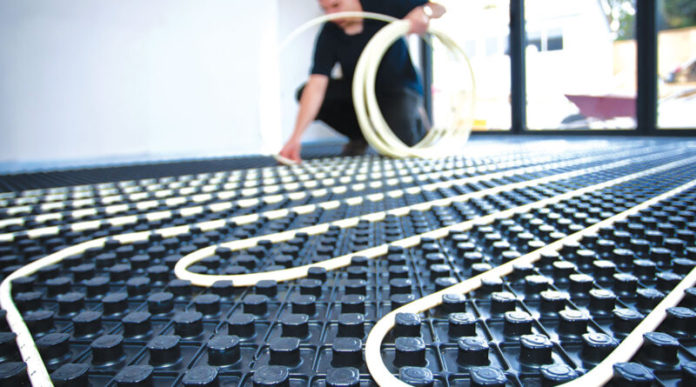Installing underfloor heating is becoming a major trend in most UK homes. This is in relation to the 2015 Energy Efficiency Regulation, which requires new buildings to reduce their energy consumption by 25%. Though the ordinance only covers new properties, underfloor heating is highly recommended for home improvement and renovations.
Table of Contents
What is underfloor heating?
Underfloor heating includes pipework installation on the floor to act as a radiator that warms up an entire room. It can be warm water, also called wet underfloor heating, or electric. Wet underfloor heating involves pipes filled with warm water mechanized by a heat pump or boiler. On the other hand, electric underfloor heating works by allocating a lower temperature of warm water through circuit pipes.
The primary purpose of underfloor heating is to keep the house warm during the winter. According to Atlas Ceramics, underfloor heating is safe, easy, and cost-effective compared to a year’s worth of electricity used to warm one’s home. In addition, underfloor heating presents lesser risks compared to other types of heating equipment, such as radiators.
Benefits of underfloor heating
Both types of the underfloor heating system provide consistent, efficient warmth from the floor up. Compared to traditional radiators that need to be heated at high temperature, underfloor heating requires a minimum of 29 degrees Celsius to warm an entire room. Thus, the latter requires lower energy, resulting in lower energy bills.
Aside from helping a household save on energy bills, underfloor heating is also easy to maintain and run. The heating controllers ensure that the heating runs efficiently through a smart or traditional thermostat. Moreso, there is no virtual required maintenance to keep the underfloor heating working perfectly.
Save space for other necessities
Another benefit of the underfloor heating is that it doesn’t take up space in the room. This is especially true when compared to traditional radiators. You can perk up the wall as you wish to achieve the look you aim for your home. Plus, underfloor heating also works with all types of floor coverings such as tiles, wood, carpet and wood.
Lastly, underfloor heating is easy to install. It is ideally installed during home renovations. It can be installed as a DIY project, but it is highly recommended to seek an expert’s assistance to ensure that the system is installed properly. While the process of installation can be costly, the benefits you will get from it in the long run will add value to the home.
















